In a recent development reported by Sky News, Australian Immigration Minister Andrew Giles has come under fire for incorrectly stating that drones were being used to monitor released immigration detainees. This misstatement has sparked a political controversy and raised questions about the government’s surveillance practices.
The Drone Monitoring Claim
During a May interview with Sky News, Giles stated that a $250 million funding package had “enabled things like using drones to keep track of these people” who had been released from immigration detention. He confidently asserted, “We know where they are.”
However, it has since come to light that this claim was based on a misinterpretation of information provided to the minister shortly before the interview.
The Truth Behind the Drones
Documents obtained through a Freedom of Information (FOI) request revealed that drones were indeed being used, but not in the way Giles had initially claimed. An email sent to Giles just an hour before his Sky News interview clarified:
“Drone footage over accommodation – to ascertain a) property risks, b) proximity to other properties/community/risk settings (eg: licensed venues)”
This information indicates that drones were used to monitor the properties where detainees were staying, rather than tracking the individuals themselves.
Political Fallout
Shadow Immigration Minister Dan Tehan has seized on this error, accusing Giles of deliberately misleading Parliament.
Tehan stated, “Andrew Giles hasn’t read his brief properly, he’s made a false claim and then he’s thrown his department under a bus.”
The opposition is calling for Prime Minister Anthony Albanese to take action, with Tehan arguing that this incident is “a real test for the prime minister” and that Australians “knew” Giles “shouldn’t be there” in his role as immigration minister.
Government Response
NDIS Minister Bill Shorten has come to Giles’ defense, stating that the misreading of the briefing email was not a “hanging offence” and that Giles should retain his position.
Giles himself has since acknowledged the error in Parliament, saying he had “relied” on documents provided by his department which have since been “clarified.”
Broader Context
This incident occurs against the backdrop of ongoing debates about Australia’s immigration policies, particularly the controversial Direction 99, which Giles has recently replaced with Direction 110. The new direction aims to “strengthen the consideration of community safety in Australia’s migration system.”
DroneXL’s Take
While the use of drones for property surveillance rather than individual tracking may seem like a minor distinction, it highlights the importance of accurate communication when it comes to sensitive topics like immigration and surveillance. The incident underscores the potential of Drone Technology in law enforcement and border control, but also raises questions about privacy and the extent of government monitoring.
As drone technology continues to advance, it’s crucial for policymakers to clearly understand and communicate its applications. This situation serves as a reminder that drones, while powerful tools, must be used responsibly and transparently in governmental operations.
The featured image is for illustration purposes only.
Discover more from DroneXL
Subscribe to get the latest posts sent to your email.




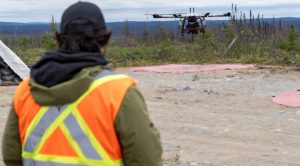

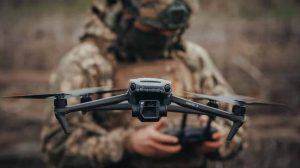


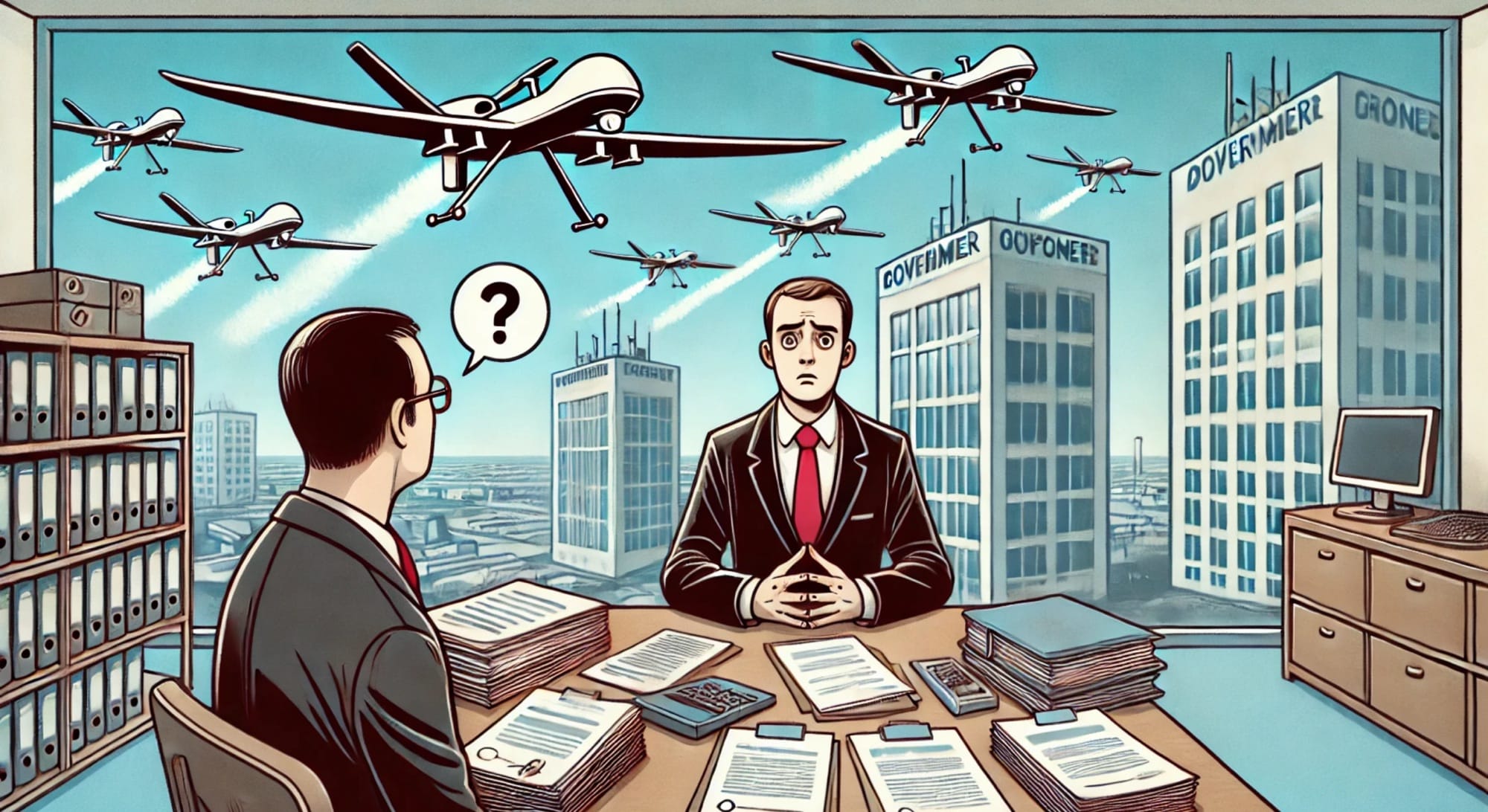
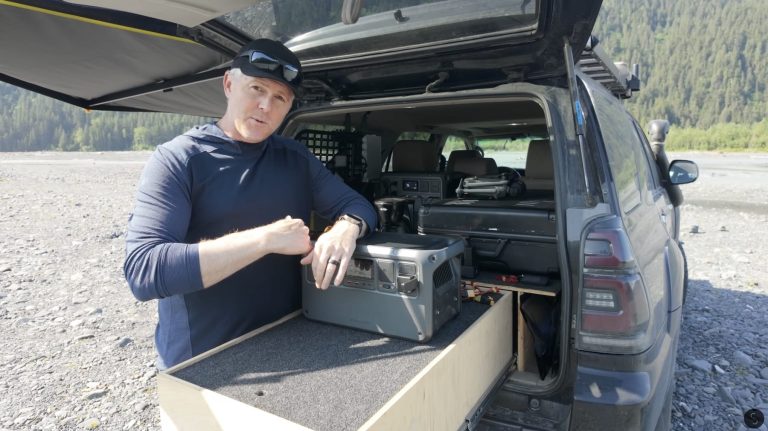

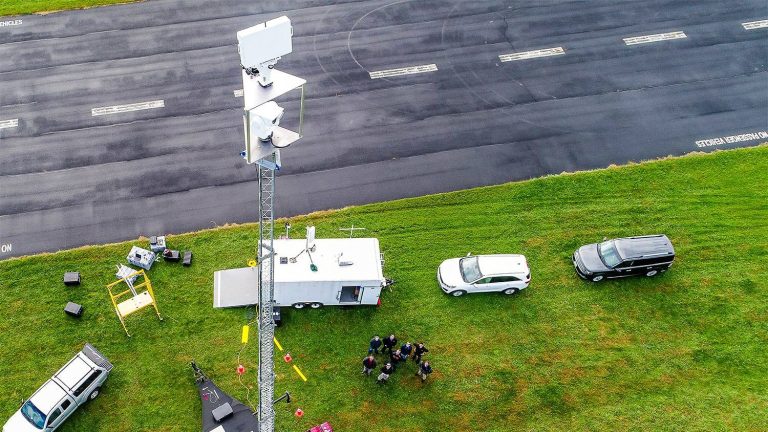



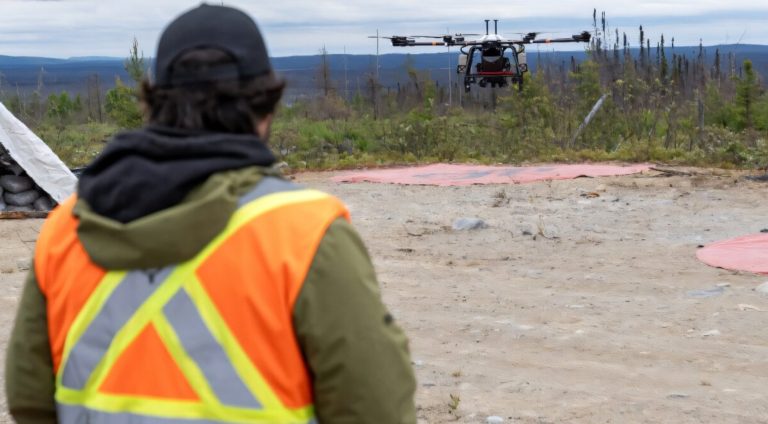

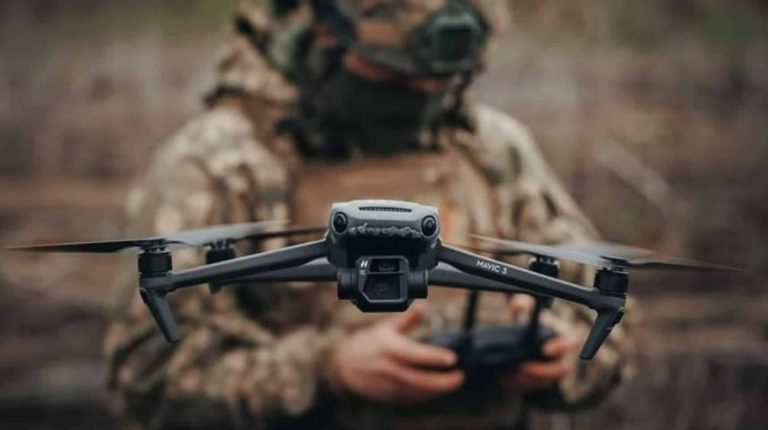

+ There are no comments
Add yours